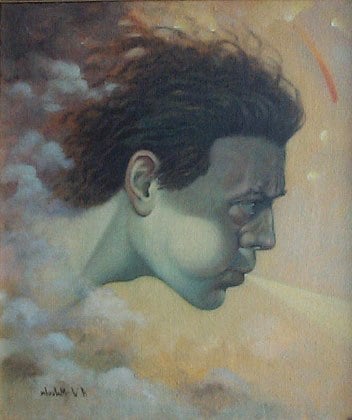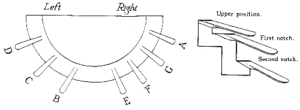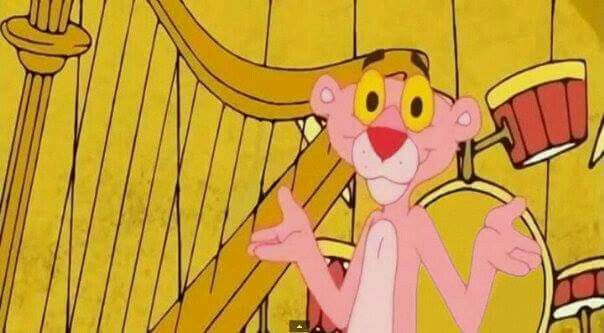Once the score (that’s the full orchestral part, so no separate solo part yet) of the first and second movements was in my possession, it was itching to start studying quickly. During these first readings, a lot of questions came up about notation, playability, printing errors, etc.
3.7.2022
‘Good morning Eline!
I am so glad you are enjoying working on the concerto! Here are my replies to your questions about the first movement:
bar 64: is the gliss in c major? YES
bar 70: can I play one octave lower? it gives a better buzzing result. YES – DEFINITELY!
bar 106 and 176: for the left hand this is too high to play a double flageolet, can I play it one octave lower? YES, OF COURSE…
bar 114: is it correct that first group is all natural tones?
NO! Those should not be marked that way! This is a flaw in the Finale software! Those are repetitions of the previous measure – so F is sharp and B and E are flat! Thank you for catching that! I have attached a screenshot of that measure as it should be!
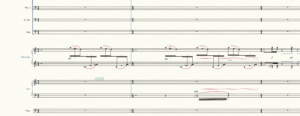
And for the blog – well, this is a continual issue, isn’t it! I keep track through various notations I make on a legal pad I keep near me at all times! I scribble down each measure, in a D-C-B/E-F-G-A pattern, so that whenever I need to make a change, I know where I am. But this is one of the great challenges of writing for the harp!
Enjoy your Sunday and let me know what questions you have on the other movements (as soon as I have your parts ready!)
Best, Geoffrey ‘
6.7.2022
‘Dear Eline…
Here is your solo part from the third movement! So we are at the finish line! Please have a look and a listen and let me know your thoughts ….!’
The finish line? Euh…. I have yet to master the whole concerto! 🙂 Besides, I’m about to leave on holiday. That was a bit of a difficult moment, leaving harp and score behind when you actually want to dive into that piece, time is running out after all, about 100 days left and it has to be on stage!
Fortunately, the season had also been so busy that after a few days away from my surroundings, I really did find the calm I needed to start setting my teeth into the concerto after this.
After a hefty serving of Caravaggio, I stroll through Valetta, it is too hot and my focus on the beauty of this town is somewhat clouded, yet something suddenly catches my attention:
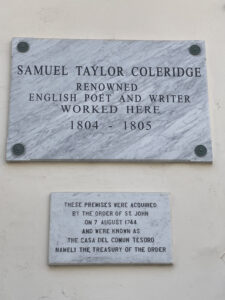
What an unexpected coincidence! I alert my travelling companions (who do wonder what all the fuss is about) and stand enthusiastically waving at the picture until even the tourists around me start looking a bit strangely, I temper myself and think: I’ve read too much about John Cage and his coincidence…….
to be continued….
